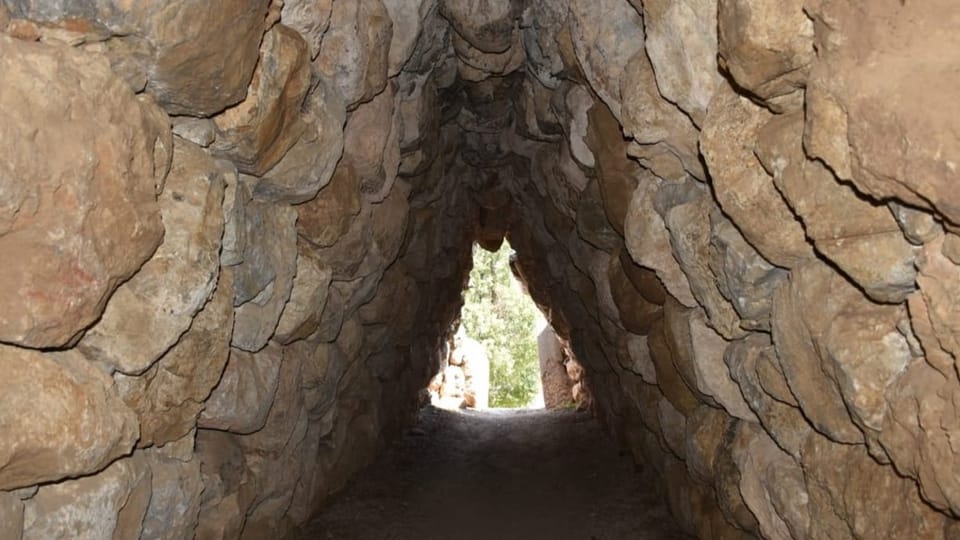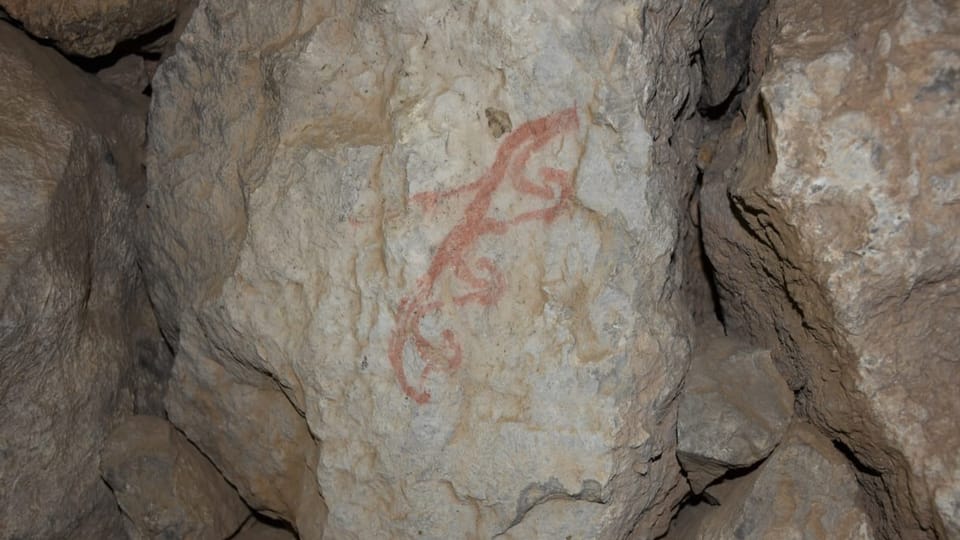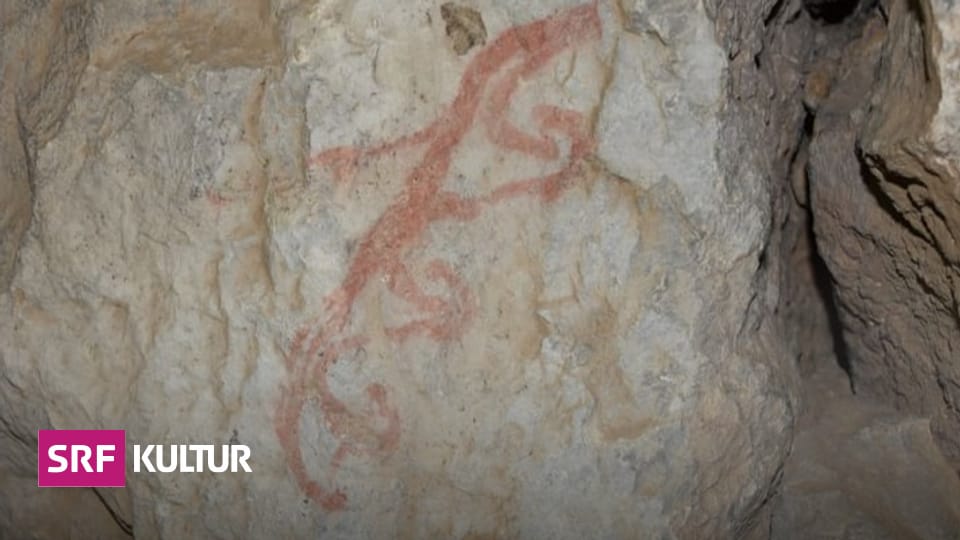3,500-year-old Hittite writings have been found in a ruined Turkish city. They bear witness to a disappeared people with a special talent for languages.
A rainy day for researchers in central Anatolia brought an exciting discovery in the ruins of Hattusha, the ancient capital of the Hittites. The weather forced them to stop the excavations, they found graffiti from the second millennium BC.
Archaeologists have found hundreds of sayings in Hieroglyphic writing. 3500 years ago they were painted on the walls with root paints. “It’s a complete sensation,” says head of the excavation Professor Andreas Schachner of the German Archaeological Institute.
Caption:
Metropolis Model: Located next to the ruins, this replica shows what Hattusha might have looked like.
IMAGO / Stock Images Age
According to Schechner, graffiti opened a “completely new perspective” for the Hittite Empire. They show that many Hittites could read and write. Contrary to what was previously assumed, writing was part of their daily life.
The Hittite Empire extended from the Dardanelles through Anatolia to what is now Syria. Archaeologists have been excavating Hattusha, east of the Turkish capital, Ankara, for more than a hundred years. Schechner says the discovery of the characters astounded everyone. Especially since they did not even look for it and did not dig that day.
Accidentally found thanks to a cell phone
“It was a rainy day and we couldn’t dig,” says the excavation leader. One scientist wanted to use forced breaks to take pictures of his students. Filmed in a tunnel under the gate of the long-known city of Hattusha.

Caption:
Where street painters veered into the tunnel: Archaeologists have come across graffiti in a corridor like this one.
Genç, Boğazköy Excavation Archive, DAI, Istanbul
Schechner says all the researchers walked down the aisle “a hundred times” without noticing anything in the dark. But by the light of his mobile phone, Turkish researcher Bulent Gins suddenly discovered red hieroglyphs on the walls.
Excited, Genk ran to the excavation site and told Schechner about his discovery. He was skeptical at first. But when Genk showed his pictures, Schechner immediately recognized the Hittite hieroglyphs. During a systematic search they found approximately 250 characters.
Great Power Writer
As a result, the history of the Hittites must be rewritten. Until now, written records from the Hittite Empire consisted mainly of official texts written on clay tablets in cuneiform script.
In addition to cuneiform writing, the Hittites also developed their own hieroglyphic writing. So far, science has assumed that this is rarely used. Apparently, quite the opposite is true, Schechner says: “This font has been used in very different places and in very different contexts in everyday life.”

Caption:
Mysterious Drawings: It is still unclear what the 250 drawings found mean.
Genç, Boğazköy Excavation Archive, DAI, Istanbul
Nowadays, one can talk about graffiti, says the excavation director, even if it is not made clear exactly what is actually written on the walls. Archaeologists suspect that they could have been the names of some people or even gods. It appears that a set of signs consists of mountain and path signs. Maybe it’s some kind of street sign.
Finding so many signs opens up a whole new perspective, Schechner says. Apparently this was the way people communicated with each other. The German Archaeological Institute explained that the finds open a “new, completely unexpected window into the late Bronze Age”.
SRF Radio 2 Kultur, Cultural Bulletin, September 21, 2022, 8:15 am.

“Typical entrepreneur. Lifelong beer expert. Hipster-friendly internet buff. Analyst. Social media enthusiast.”







More Stories
Pedro Sanchez is considering resigning after filing a complaint against his wife
Extreme heat warning in Thailand and the Philippines
Argentine President Miley announces a budget surplus – News